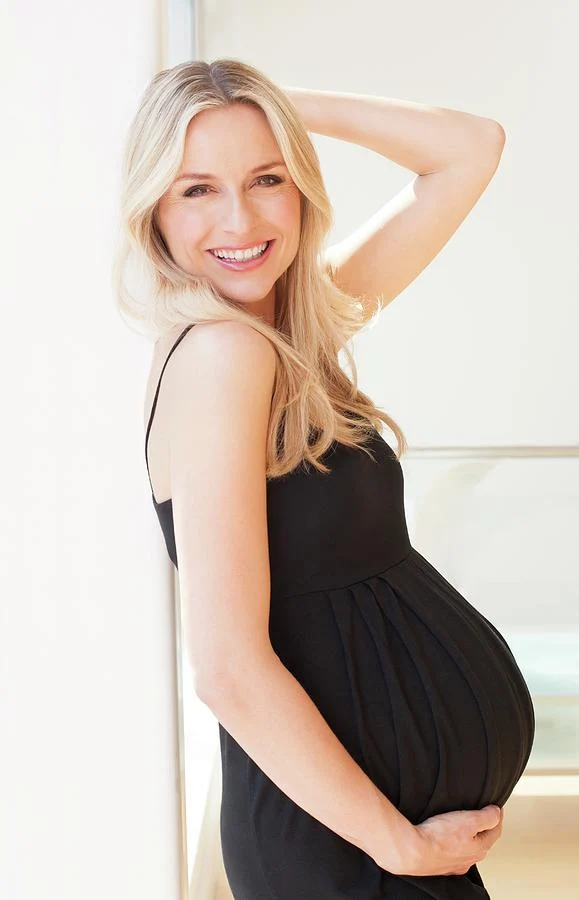The other day, I found myself shopping in an organic grocery store when my period decided to make an appearance. Convenient, right? I headed straight to the feminine hygiene aisle, expecting a simple purchase, but what I encountered was a bewildering array of choices. There were reusable cloths, menstrual cups, pads that were chlorine-free, scent-free, and even plastic-free, alongside organic cotton options, non-applicator tampons, sea sponges, and bamboo fiber underwear designed to prevent leaks. I even spotted soaking containers for those reusable cloths and plant-based stain and odor removers. Talk about options!
My eyes darted toward the “adult” section, where I was stunned to find gluten-free lubricant. Who knew vaginas could be vegan? I tossed a pack of “natural” pads into my cart—just a small step into the eco-friendly period world—and rushed to the restroom.
Right off the bat, I noticed the pads weren’t individually wrapped. This raised a big question: how do you discreetly carry around an unwrapped pad the size of a small blanket? If I went out for a fancy night and needed backup, should I wrap it in eco-friendly plastic or hide it in a paper bag? Surely there must be pads with biodegradable wrappers; maybe I just picked the ultra-eco-friendly ones by mistake.
I peeled off the backing and attempted to stick it to my high-waisted briefs, but without industrial glue, it just wouldn’t stay. I awkwardly waddled to the produce section, hoping my eco-pads wouldn’t tumble out as I grabbed some organic potatoes. Honestly, going green during your period is way more complicated than it should be!
I thought about trying the cup or sea sponges, but honestly, the idea of maneuvering a silicone cup around my cervix is intimidating. What if it overflows? What if it gets lost? And what’s the deal with sustainably harvested sea sponges? Are they plants from the ocean or some kind of sea creature? I mean, I’ve tried some odd things, but sea urchins? No thanks.
Plus, did you know that vaginas come in different sizes? I’m 5’2”, so does that mean my vagina is short? How do you even determine vagina size? How have I lived this long without knowing if I have a long or short one!?
Let’s not even get started on the hardcore rag recyclers out there. They probably home birth and make their own baby food too. I admire their commitment, but I can barely keep up with laundry—how am I supposed to soak and wash my bloody rags? I already separate my recyclables; isn’t that enough?
I do feel some guilt about my environmental impact. How many plastic tampon applicators have I sent to landfills? If I switched to greener options now, would it even help? I sometimes feel like I’m too late to the eco-friendly period party.
Honestly, this whole process feels daunting and a bit medieval. Maybe I should just stay home for five days each month. Better yet, perhaps my partner could build me a menstruation hut with WiFi and snacks so I can keep my “uterine pollution” to myself and reduce my carbon footprint.
If you’re curious about more tips on navigating this green period journey, check out this insightful post on alternative menstrual products. And for anyone interested in the science behind this, Make A Mom offers great resources as well. Plus, if you’re looking for support and information on female fertility, Drugs.com is an excellent resource.
In summary, transitioning to eco-friendly menstrual products can feel overwhelming and confusing, but with the right information and a little patience, it’s possible to make more sustainable choices.
